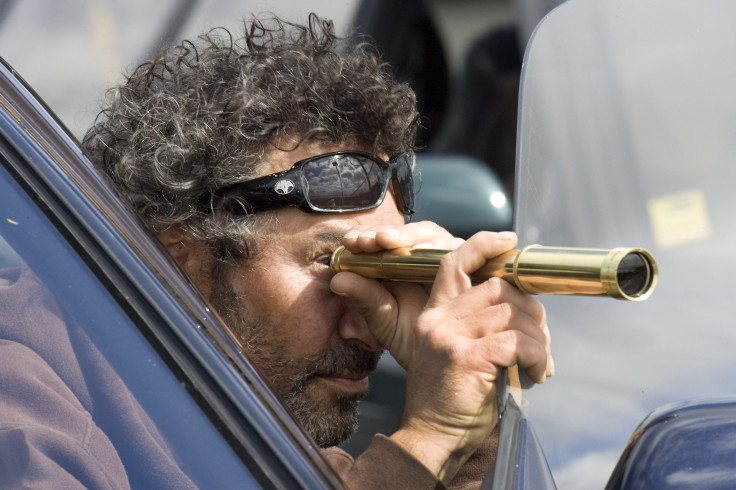New Years Eve 2013: Why Two Neighbors Celebrate 25 Hours Apart

If you want to celebrate New Year’s Eve twice, you should book a ticket to the Samoan Islands, where you can ring in 2013 at two separate celebrations 25 hours apart.
Samoa was once the last spot in the world to see the sunset, but it became the first place to see the sunrise on Dec. 31, 2011, after wiping a full day off its calendar.
The Samoan tourism board noted at the time: “We will lose one day in our lives as there will be no Friday, Dec. 30, 2011, in the history of Samoa.”
At midnight on Thursday, Dec. 29, 2011, the remote Pacific island nation redrew the International Date Line and leapt across to its western side after over a century on the eastern side of the line.
Partitioned by Germany and the U.S. in the late 19th century, Samoa and the neighboring U.S. territory of American Samoa are now a full day apart, making it possible to jump back in time in less than one hour by air. The shift opened up a myriad of opportunities for fact-throwing, time-traveling tourists.
“You can have two birthdays or two wedding anniversaries on the same date without leaving the Samoan chain," Samoa’s Prime Minister Tuilaepa Sailele Malielegaoi suggested.
Others in the country's tourism industry were less than pleased. They argued that Samoa’s new status as the first place to see the dawn was a harder selling point for beachside honeymooners than the last place to see the sunset.
Several nations tout their proximity to the International Date Line in their tourism promotions. Tonga has called itself “Where the Day Begins” for decades, while New Zealand claims to be “the first country to see the sun each day.”
Yet, it was economic reality more than a gimmick to become the first nation to celebrate New Year’s Day in 2012 that prompted the change. Samoa hoped to boost its economy by bringing the nation’s work week in line with its close trading partners Australia and New Zealand, taking advantage of those economies’ links to China and the Pacific Rim.
"In doing business with New Zealand and Australia we're losing out on two working days a week," Malielegaoi told the English-language Samoa Observer last year. "While it's Friday here, it's Saturday in New Zealand, and when we're at church Sunday, they're already conducting business in Sydney and Brisbane."
Rather than being 21 hours behind Australian EST and 23 hours behind New Zealand, Samoa became just three hours ahead of Australia and one hour ahead of New Zealand.
The imaginary International Date Line passes through the Pacific near the 180-degree meridian and is not set by an international treaty or organization. Technically, counting forward every 15 degrees from the international meridian in Greenwich, England, should equate to a change of one hour. This, after all, was the system used by sailors for years as nautical standard time.
Yet, political time zones appear much wigglier in practice.
Nearby Kiribati was cut in two parts before the mid-1990s when business leaders demanded that the nation be united under a single time. Now, the International Date Line takes a detour of about 1,500 miles around Kiribati’s eastern islands so the islanders can all communicate on the same day. This isn’t even the first time Samoa has crossed the manmade line. The king was persuaded to switch sides to fall in line with American ships sailing westward to San Francisco in 1892. That shift gave the Samoan calendar an additional day: two Fourth of Julys.
© Copyright IBTimes 2024. All rights reserved.






















